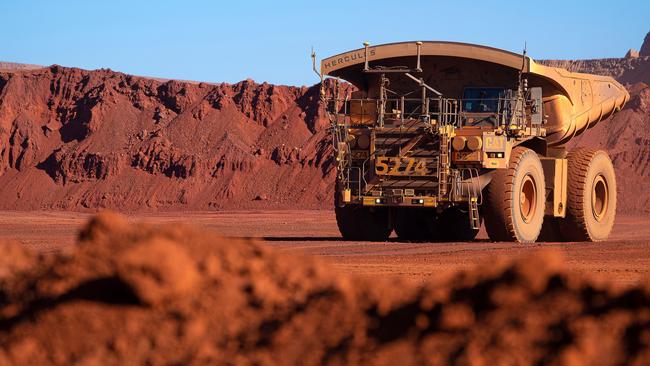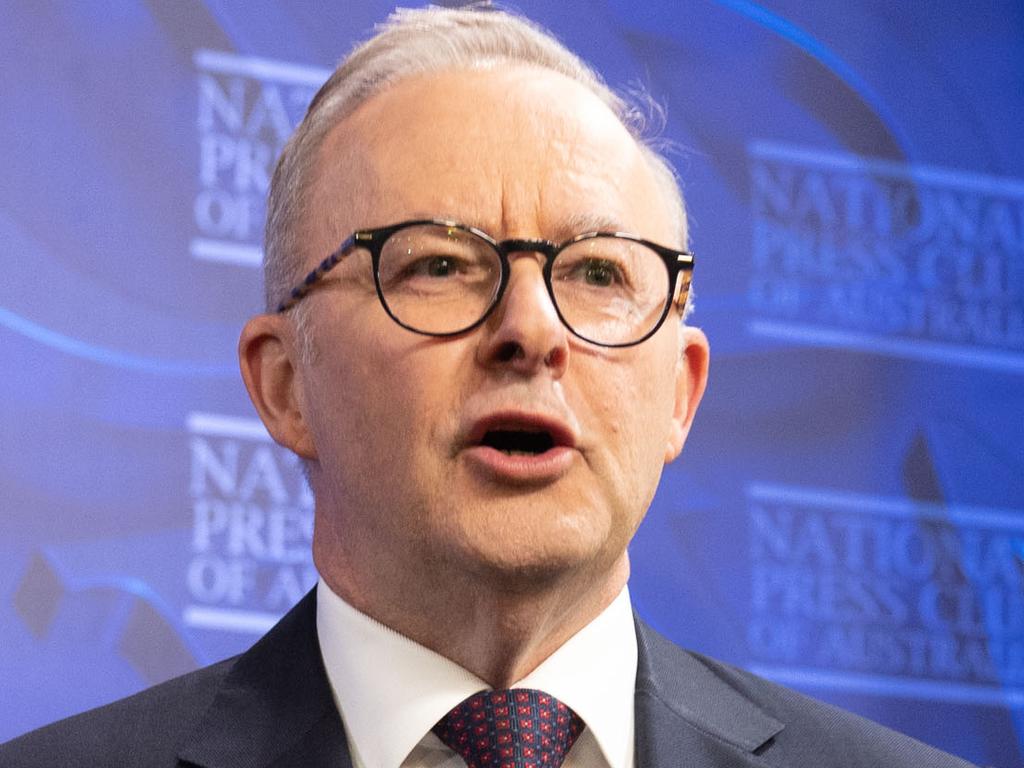
There can be no illusions here: those who are pushing the federal government to manipulate the safeguard mechanism – to put further barriers, costs and restrictions on mining companies – are pursuing their demise at the expense of the nation’s economy and the task of reducing emissions globally.
They want absolute-zero emissions, not net-zero emissions; a foolhardy view that has no regard for the challenge facing Australian mining and the integral role it will play in the new-energy economy.
With the ideological push to harden the safeguard mechanism and punish some facilities more than others, there is a line quickly approaching where global competitiveness of some facilities will vanish, putting the operations and any future investment in peril.
Not only would that damage our economy and slash jobs and investment, it also would push the emissions reduction burden on to other nations that are less able or less willing to decarbonise.
Long before the government put forward changes to the safeguard mechanism, Australian mining companies were charting their own paths towards net zero, investing billions of dollars annually in the technology required to meet their ambitions and reducing their carbon footprint. That effort must continue, but it must be done sensibly. The risk of overreach on the safeguard mechanism – of moving too hard and too fast – are profound for Australia.
If Australia is to play a leading role in what is emerging as the next mining boom, as the world rapidly electrifies, minerals companies and investors must be certain their future investment in Australia isn’t going to be endangered by politics; that the rules won’t keep changing, that their international competitiveness isn’t compromised in the pursuit of more ambitious policy.

The world will require astronomical volumes of minerals and metals to achieve net zero. By 2030, 50 new lithium mines, 60 new nickel mines and 17 new cobalt mines will be needed to meet demand for electricity storage.
Australia has the critical minerals to lead the world through this emerging new-energy mining boom. But mineral companies and investors also have options.
There is a genuine risk of Australia’s minerals remaining in the ground as companies and investors prioritise foreign resource developments where costs are lower, policy settings more stable and returns are higher.
Australia is better placed with its resource base than any nation to reap the benefits of this new-energy transition. But the opportunity needs to be seized. This is why climate policy must thread the needle carefully.
We need a scheme that incentivises low-emissions technologies and gets us on a course towards our emissions targets. And we must do it in a way that does not lead to widespread facility closures and shifting of economic activity and emissions to other countries.
The cart cannot come before the horse. The push from groups to limit the ability of mining companies to use carbon credits as abatement fails to understand this basic principle or shows clear motives.
Where technology is not yet available, carbon credits will play a vital role in helping facilities meet their obligations and remain competitive. Altering that important component of the safeguard mechanism at the 11th hour to guarantee passage through the parliament will push the burden these companies will carry into the too-hard basket.
The original changes to the safeguard mechanism as proposed are not perfect. They set an extraordinarily high bar for companies to clear, without short cuts. The risks to industry competitiveness, of facility closure and shifting emissions abroad, are real. We must continue to work constructively together to ensure that does not happen.
Tania Constable is chief executive of the Minerals Council of Australia.








The pursuit of emissions reduction in Australia is far too important to allow government policy to be hijacked by those who want nothing less than to see some mining cease.